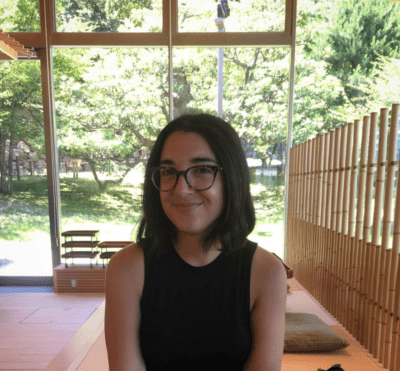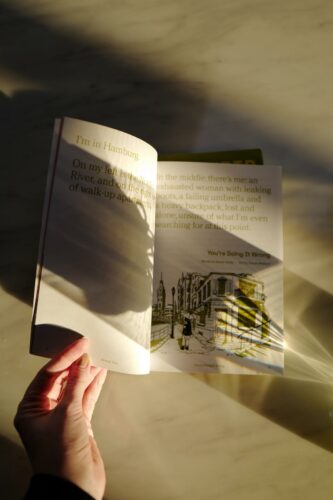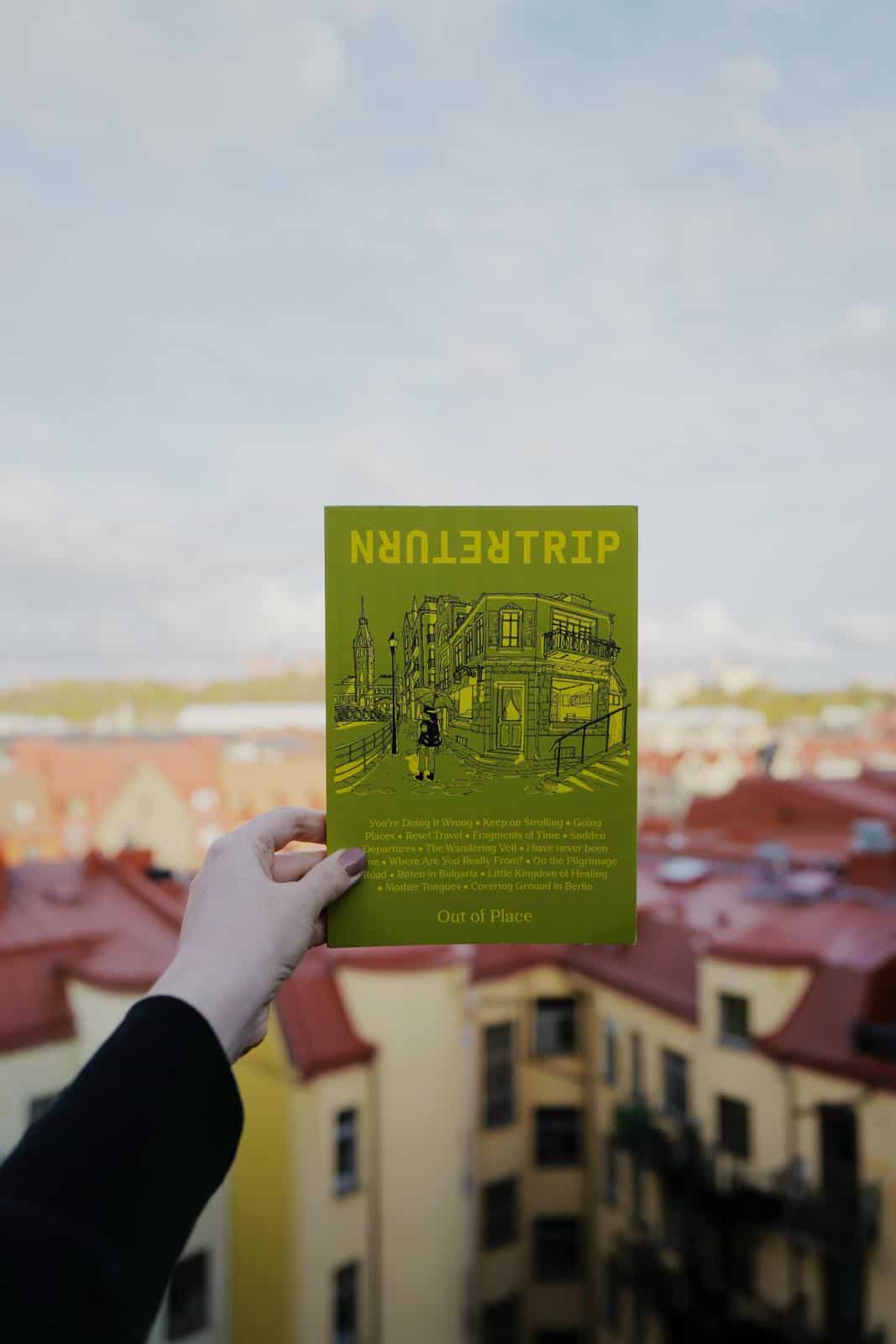We’re not travelling yet, but my god is it fun to dream about.
Return Trip is a Toronto-based independent travel magazine that is created with absolute care, which can be felt through the artful design and distinct first-person stories it chooses to publish.
Unlike most travel magazines that are constantly pushing you in different directions, heavily swayed by advertisers, Editor Erin Pehlivan wanted to create Return Trip to share thoughtful reflections on transformative travel experiences.
Life changes when you get out of your comfort zone, or your familiar, and each story in Return Trip quietly encourages readers to examine how they move in the world when far from home. But what does a travel magazine do when travel is not a possibility?
Between rolling lockdowns and travel bans, the most that many of us have journeyed this year is a drive to a nearby conservation area or beach. Spontaneous getaways are a distant memory and the idea of carefree travel, or an escape with wild abandon, are not possible in this current era. And yet, we’re thinking about travel more than ever. Often, the fantasy helps us get through another day.
We connected with Erin to find out how she (we won’t say pivoted, we’re over that term) approached publishing a magazine dedicated to travel when the order is clear: stay home to save lives.

Editor Erin Pehlivan at Kanazawa Castle in Japan.
Once it became obvious that travel was not an option, how did you reframe your latest issue of Return Trip?
We finalized our content at the beginning of 2020 just before the pandemic began, but we kept all our original stories, avoiding publishing anything Covid-related, because we sensed a real fatigue around the news. We wanted to create a publication that felt like an escape but was also relatable. Our theme “out of place” has a timeless quality to it, I think, so the magazine still reads as relevant even during the pandemic. Many of us have especially felt out of place in the past year and a half while stuck at home. There’s a real yearning to get lost in other worlds right now.
When you started to review all the submissions and put together the issue, what were the conversations, questions or ideas that bubbled up and stuck with you?
We received around 100 submissions of writing and art, so we had to think about representation and variety carefully. Our content generally revolves around topics like solo travel, racial and cultural identity, home, language, family travel, disability. To me, the biggest surprise was realizing that many of our stories had a spiritual thread running through them. There were these interesting elements of “pilgrimage” and “overcoming” that came about very unintentionally, which was fascinating. We’re all trying to find ourselves somewhere, somehow.

Photo by Art Director Luana Suciu.
What scenes from past travels, fond memories, have you been thinking most about during the pandemic?
The trips I keep returning to always seem to be in the U.S. southwestern desert and Japan. But lately I’ve also been craving something more romantic, places like Italy and France with laid-back towns, cobblestone streets, and most importantly, old buildings. I miss old buildings, libraries and cafes so much.
Where are you dreaming of going once travel is safe again, and how do you think COVID-19 has shifted your ideas?
I hope my first trip abroad will be to Ireland to visit my partner’s family. That’s a huge priority for us. I haven’t been to Turkey, where my family is originally from, since 2012, so that’s high on my list too.
People talk about this idea that post-COVID, there will be a cultural renaissance. Do you think the same goes for travel? What do you anticipate the biggest changes will be? Are you excited to get on a plane, or incredibly nervous about it?
I’m an idealist, so I hope that people will think about the types of trips they want to take and seriously consider sustainable travel options. But I’m not sure that’ll be the reality. People are probably itching to go on any type of vacation right now. I’m nervous about competition, high prices, and overcrowding, but personally I can’t wait to get on a plane (even though I physically hate flying). As long as our flights are booked thoughtfully, mindfully, and with intention, then I’m cool with that.
What about Return Trip gives you the most joy and fulfillment?
I’ve always loved print magazines, so it feels nice to have created a physical publication that will outlive me. I think Return Trip has a connection to literature that I don’t usually see in travel publications. I have a 30-page document of quotes I’ve collected that make me think deeply about travel, from writers like Olga Tokarczuk, James Baldwin, Jhumpa Lahiri and Pico Iyer. You’ll see some of these peppered throughout the magazine. Collecting quotes gives me a great sense of joy. Also, knowing that people are excited to think about travel as a tool for self-growth and are curious about our content makes me feel like the work we’re doing is important.
Return Trip Magazine ships worldwide from Toronto for $20 + shipping—get it here. Edited by Erin Pehlivan and designed by Jessica Johnstone, with art direction by Luana Suciu. To learn more, follow @returntripmag on Instagram.



 Follow Us On Instagram
Follow Us On Instagram
